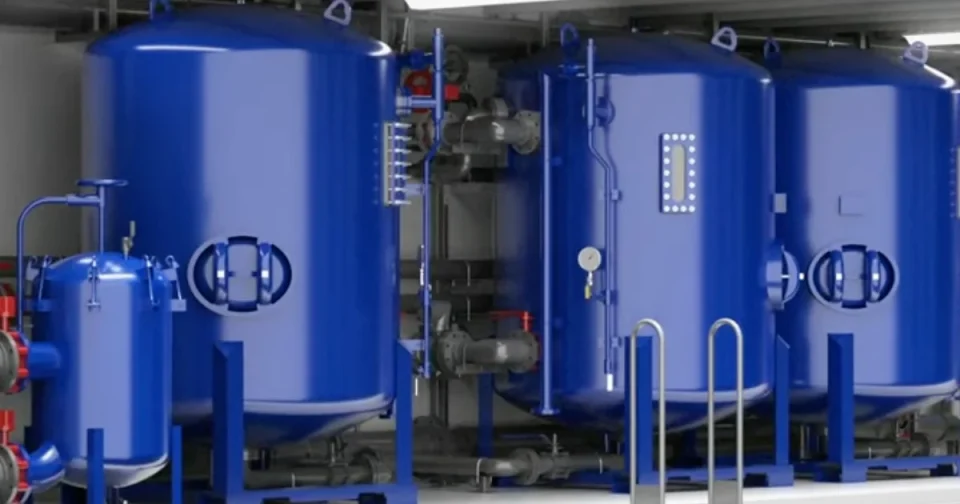PFAS treatment has become a critical focus for water utilities, businesses, and communities due to stricter regulations and growing evidence of the harmful effects of per- and polyfluoroalkyl substances (PFAS) on human health and ecosystems. These substances, often referred to as “forever chemicals,” are persistent in the environment and have been linked to various health issues, including cancer and hormone disruption. The need for effective PFAS treatment technologies is vital to ensure safer drinking water and mitigate environmental contamination.
Understanding PFAS and Their Risks
PFAS are synthetic chemicals used in numerous industrial and consumer products for their resistance to water, oil, and heat. Common applications include non-stick cookware, waterproof clothing, firefighting foams, and food packaging. Their persistent nature means they accumulate in the environment and human body, raising significant public health concerns.
The Environmental Presence of PFAS
Due to their extensive use, PFAS are found globally in air, soil, and water, including remote areas away from contamination sources. Their resistance to natural degradation leads to long-term accumulation, posing serious environmental and health risks. As such, monitoring and regulation of PFAS levels in drinking water are becoming increasingly important.
The Need for PFAS Treatment in Utilities
Utilities are urged to prioritize PFAS treatment in light of new regulatory standards. For instance, the Biden-Harris Administration established the first enforceable national drinking water standard for PFAS in April 2024, aiming to reduce exposure for millions of Americans. Traditional treatment methods, such as coagulation and chlorination, are ineffective against PFAS, necessitating the adoption of advanced treatment technologies.
Types of PFAS
PFAS can be categorized into long-chain and short-chain groups. Long-chain PFAS, such as PFOA and PFOS, are well-known for their extensive use and environmental impact. Short-chain alternatives, like PFBS and PFBA, still raise health concerns, highlighting the need for comprehensive treatment solutions.
Treatment Technologies for Drinking Water
Several technologies are available for PFAS treatment:
- Activated Carbon Filtration: Granular activated carbon (GAC) effectively adsorbs PFAS from water.
- Ion Exchange Resins: These resins exchange harmful PFAS ions with harmless ones, reducing their concentration.
- Advanced Liquid Phase Adsorption: Specialized adsorbents target specific contaminants.
- Reverse Osmosis: This method utilizes a semipermeable membrane to filter out PFAS, ensuring clean water.
Recommendations for Water Utilities
Water utilities should undertake the following steps for effective PFAS treatment:
- Assess Water Sources: Conduct thorough testing to identify PFAS presence and concentrations.
- Select Treatment Technologies: Choose appropriate technologies based on local water chemistry and regulatory goals.
- Implement Monitoring and Maintenance Plans: Regularly monitor compliance and adapt to evolving regulations.
- Partner with Experts: Collaborate with specialized companies for access to advanced technologies and expert guidance.
Xylem’s PFAS Treatment Solutions
Xylem offers a range of PFAS treatment solutions for municipalities and industrial applications. Their technologies, including GAC filtration and ion exchange systems, ensure compliance with regulatory standards and provide safe drinking water. Xylem also offers mobile units for emergency situations and specialized solutions for sectors like airports and military bases, addressing contamination from firefighting foams.


